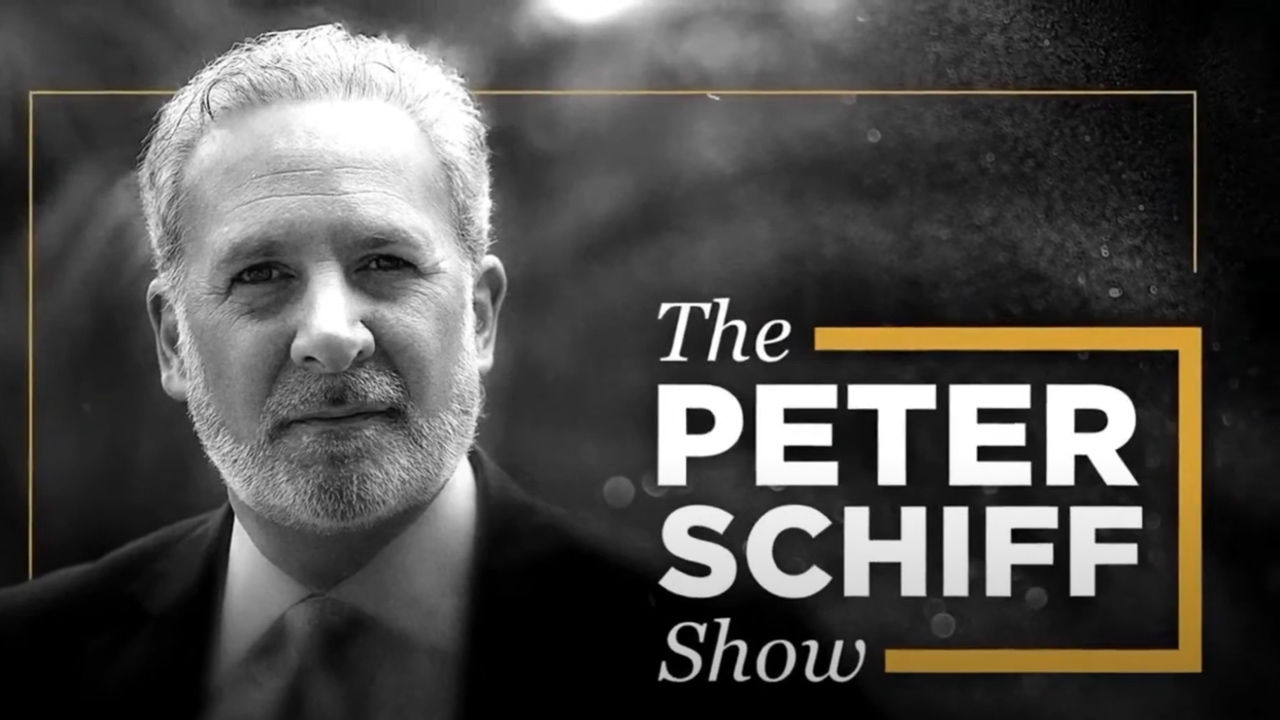What the Heck Happened to Oil?
The price of oil turned negative on Monday for the first time in history.
Of course, that doesn’t mean that somebody will soon pay you to put gas in your car. We’re talking about the price of oil futures contracts. Nevertheless, it does indicate just how out of whack the oil market has become.
In a nutshell, there is too much supply and demand has plummeted with everybody at home watching Netflix. Meanwhile, storage capacity is maxed out.
An oil future contract is a promise to deliver a certain amount of oil at a certain price. Speculators play this market, hoping to profit from a price swing. Say you buy a $25 per barrel contract and the price of oil rises to $30. The investor can sell the contract and make a few dollars per barrel. That’s why the oil futures turned negative. May futures contracts expire Tuesday. That means holders of those contracts have to take delivery of the crude or roll it into a future contract. With no place to store the oil, nobody wanted to be left holding the bag. Traders were literally paying people to take the contracts off their hands.
At its low, the Nymex crude oil futures hit negative $40.32.
As one analyst explained to Reuters, “The storage is too full for speculators to buy this contract, and the refiners are running at low levels because we haven’t lifted stay-at-home orders in most states. There’s not a lot of hope that things are going to change in 24 hours.”
As Peter Schiff put it in his podcast, oil was like garbage.
You have to pay the garbage man to come collect your garbage. Now, if you have oil, you’ve got to pay somebody to get rid of it.”
Oil for June delivery is trading much higher – in the neighborhood of $20 per barrel. But a lot of analysts think we’ll see another collapse in oil futures prices when those contracts get close to expiration.
As with many things, you can pin the breakdown in supply and demand for oil on the Federal Reserve. Artificially low interest rates courtesy of the central bank allowed a lot of U.S. shale oil companies to continue pumping out oil even though they were losing money at current prices. They didn’t want to cut production because they needed to maintain revenue in order to service their extensive debt. The availability of low interest debt enabled them to keep pumping. But ultimately, a lot of these debt-ridden oil companies will go under. The Fed can only paper over it for so long.
The solution to the problem is to simply stop producing oil. The market is telling producers to make drastic output cuts. The world doesn’t need all of this oil and there isn’t any place to store it.
Peter said he would be pretty nervous if he was holding one of those June contracts.
What if nothing is changed over the next three or four weeks? Remember, all the oil that’s out there, we’re not really going to use it all up in the next three to four weeks. Who’s going to take all this oil in three to four weeks? What happens if the same thing that just happened to the May contract happens to the June contract? That means you have to have a lot of risk from a positive 21 to a -40. I mean, you could lose $60 per barrel. Whoever thought you could lose more than 100% of the price of oil?”
The intricacies of futures markets aside, this reflects the depth of the economic downturn. Ultimately, this is a function of oil supply and demand. The government shutdowns in response to coronavirus have brought the global economy to a halt. That’s why nobody is using oil.
Peter emphasized this isn’t a sign of general deflation. Again, it’s a function of supply and demand.
If nobody wants oil because nobody is driving and nobody is working, yes, the price of oil can come down. But other prices can go up.”
In fact, food prices are skyrocketing right now.
When you have a rise in consumer prices, it’s a broad-based rise in the general level of prices. But within that, prices can be falling. … Oil prices can go down in an inflationary environment. Don’t be fooled by what you are seeing in the oil market.”
Keep in mind, the lack of demand for oil reflects the overall fall of production in the economy. We aren’t making stuff during this lockdown. That tends to push prices up as supply falls.
Nobody is making anything the requires the use of that energy, so that is inflationary from the standpoint that we’re reducing the supply of goods and services that are available in the market to buy. At the same time, we’re printing all of this money and handing it out, and people are using that to buy stuff.”





 Peter’s back in Puerto Rico this week for his podcast after another week of record gold prices. In this episode, he discusses media coverage of inflation, this week’s CPI report, and Bitcoin’s weakening price relative to gold.
Peter’s back in Puerto Rico this week for his podcast after another week of record gold prices. In this episode, he discusses media coverage of inflation, this week’s CPI report, and Bitcoin’s weakening price relative to gold. This week Peter recaps another stellar week for precious metal. He also discusses Friday’s jobs report, commodity prices, and Bitcoin.
This week Peter recaps another stellar week for precious metal. He also discusses Friday’s jobs report, commodity prices, and Bitcoin. This week Peter returned from vacation, and he was just in time for a surge in the price of gold. He discusses the factors contributing to gold’s record prices, the similarities between today and the 1970s, and data pointing to future inflation in America.
This week Peter returned from vacation, and he was just in time for a surge in the price of gold. He discusses the factors contributing to gold’s record prices, the similarities between today and the 1970s, and data pointing to future inflation in America. This time Peter tackles Jerome Powell’s speech from Wednesday, in which he announced that the Fed is holding the federal funds rate between 5.25 and 5.5%. He also briefly discusses Bitcoin’s pullback and the media’s lies about Donald Trump.
This time Peter tackles Jerome Powell’s speech from Wednesday, in which he announced that the Fed is holding the federal funds rate between 5.25 and 5.5%. He also briefly discusses Bitcoin’s pullback and the media’s lies about Donald Trump.  In this episode, Peter reacts to a hotter-than-expected CPI report, big trades in Bitcoin, and the federal bill that would ban the popular social media app TikTok. He also notes silver’s historically low price, which is nearly 50% of its 2011 high.
In this episode, Peter reacts to a hotter-than-expected CPI report, big trades in Bitcoin, and the federal bill that would ban the popular social media app TikTok. He also notes silver’s historically low price, which is nearly 50% of its 2011 high.